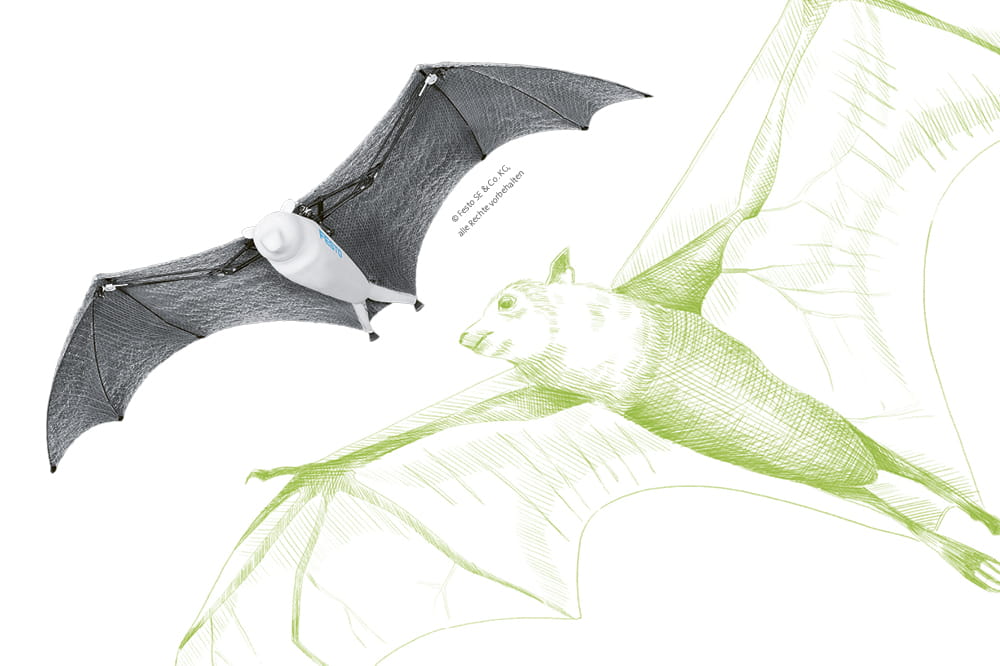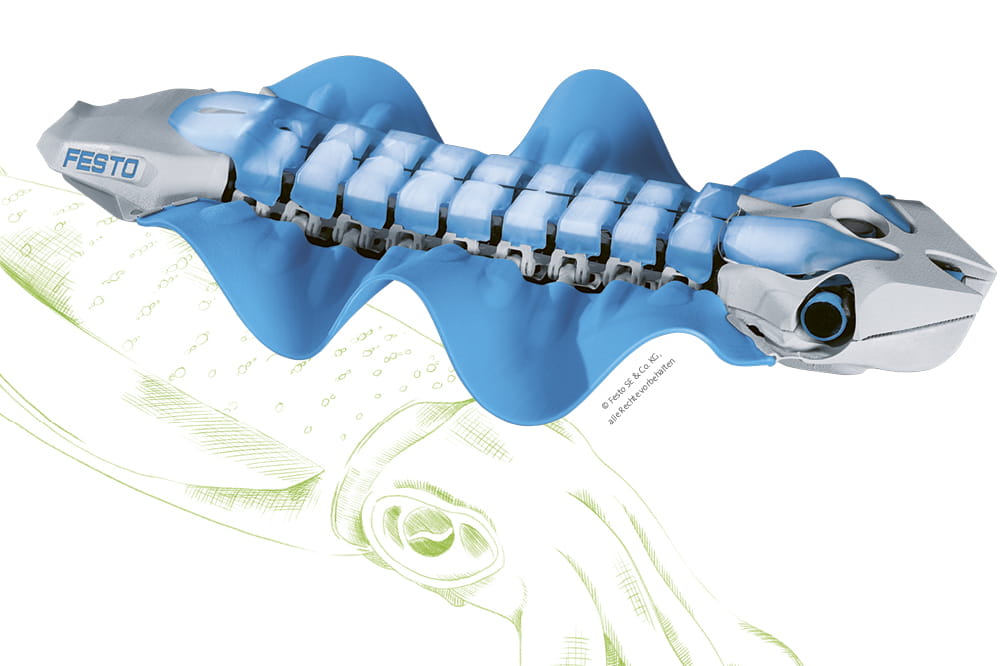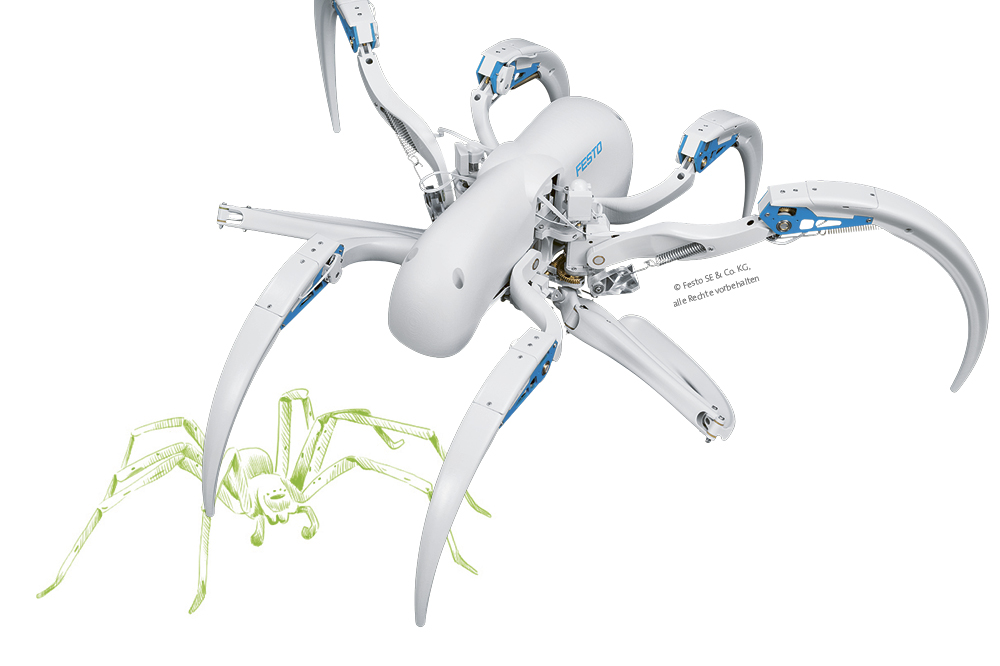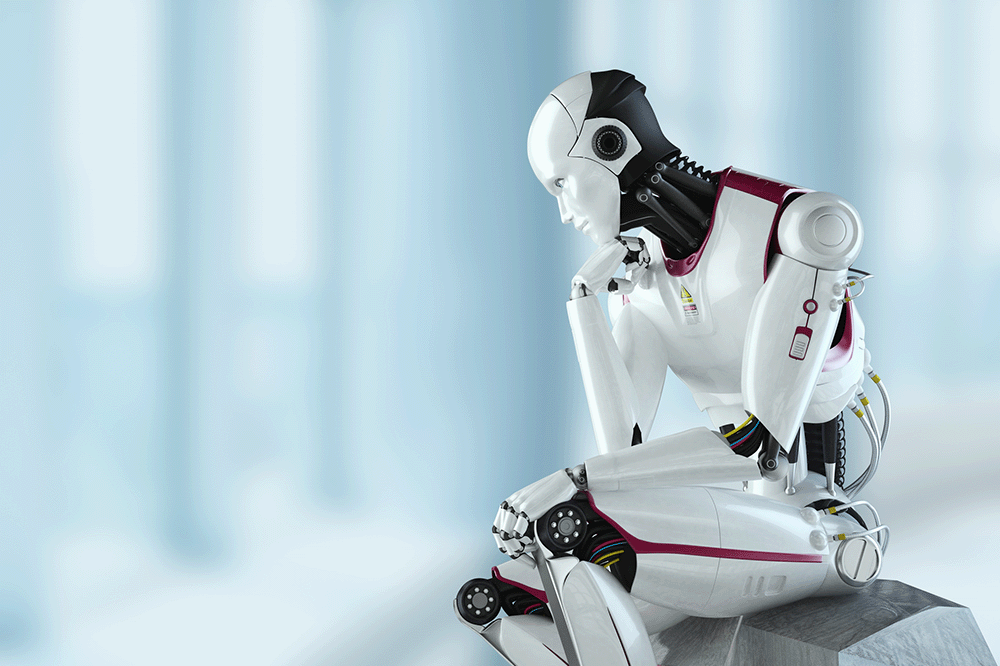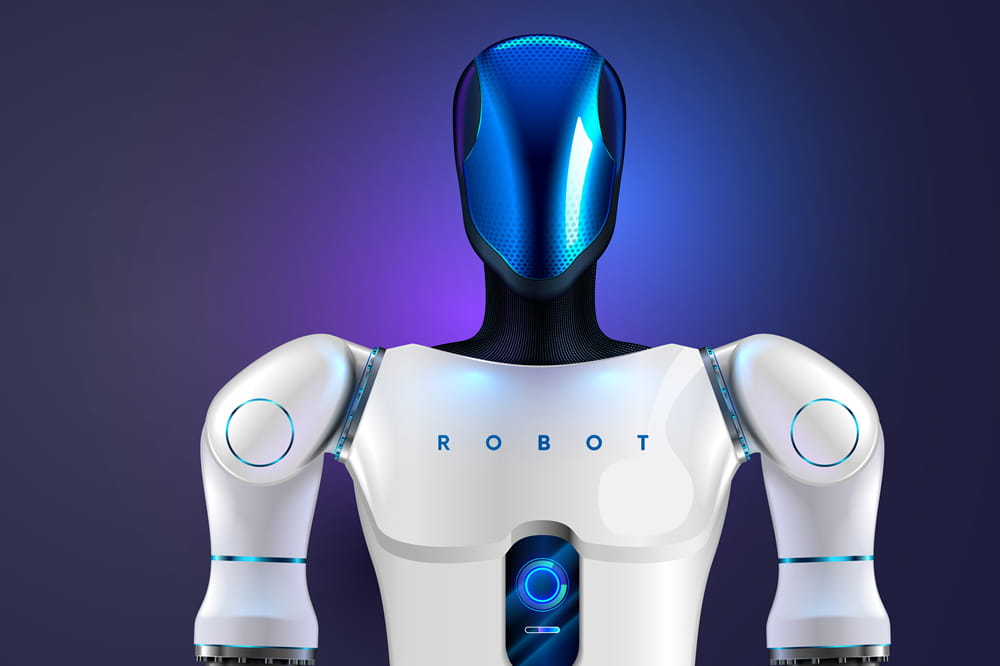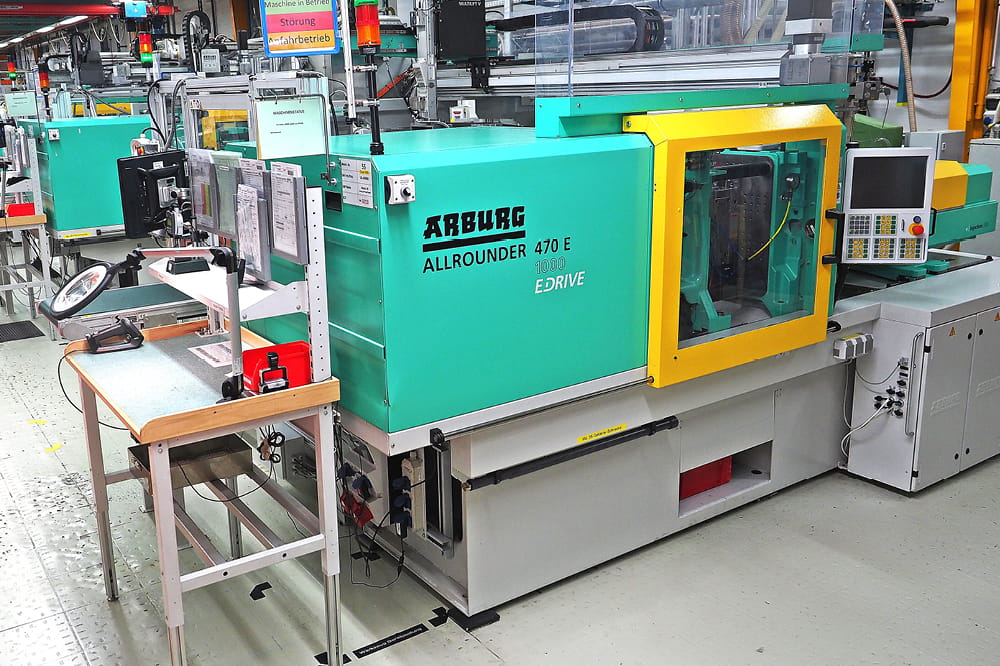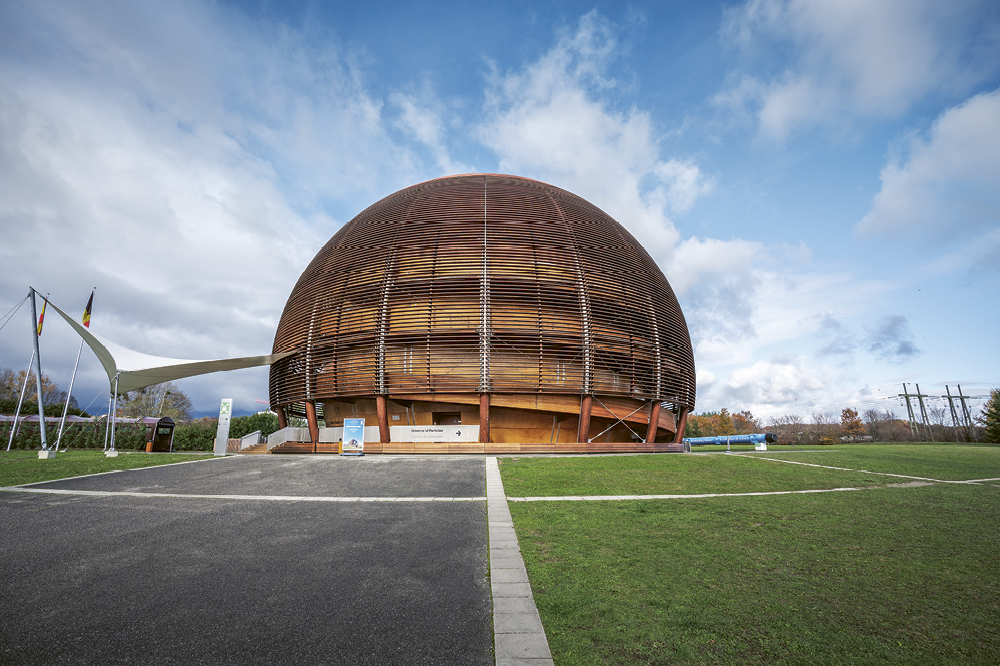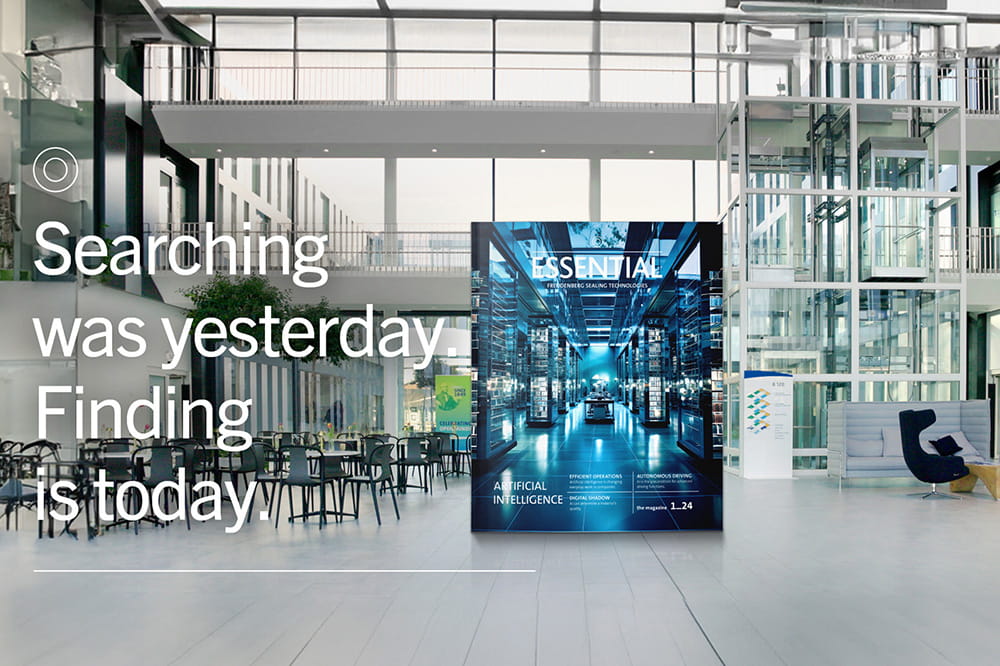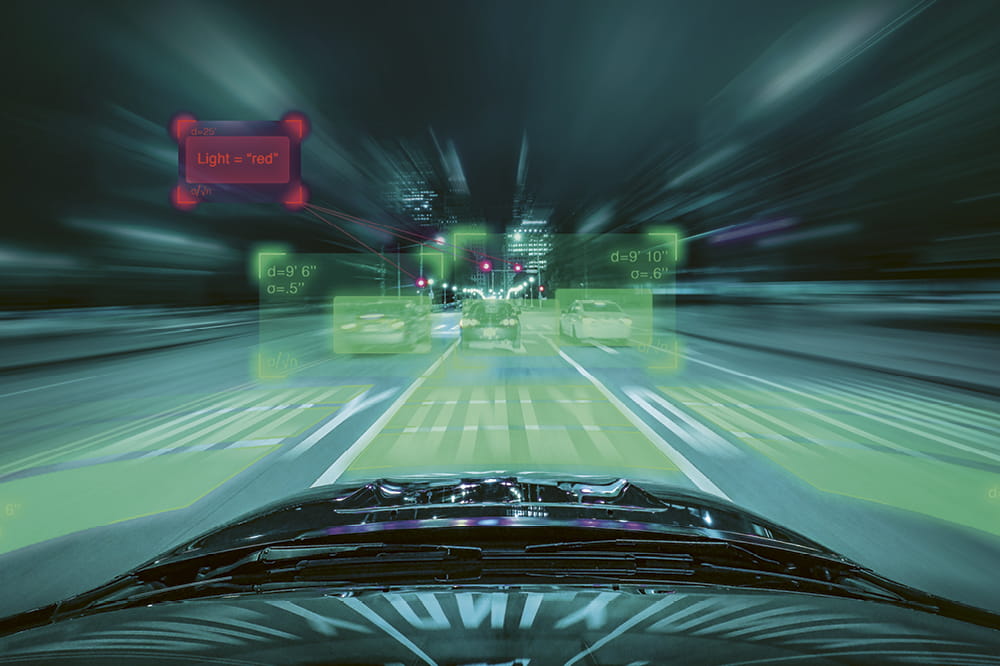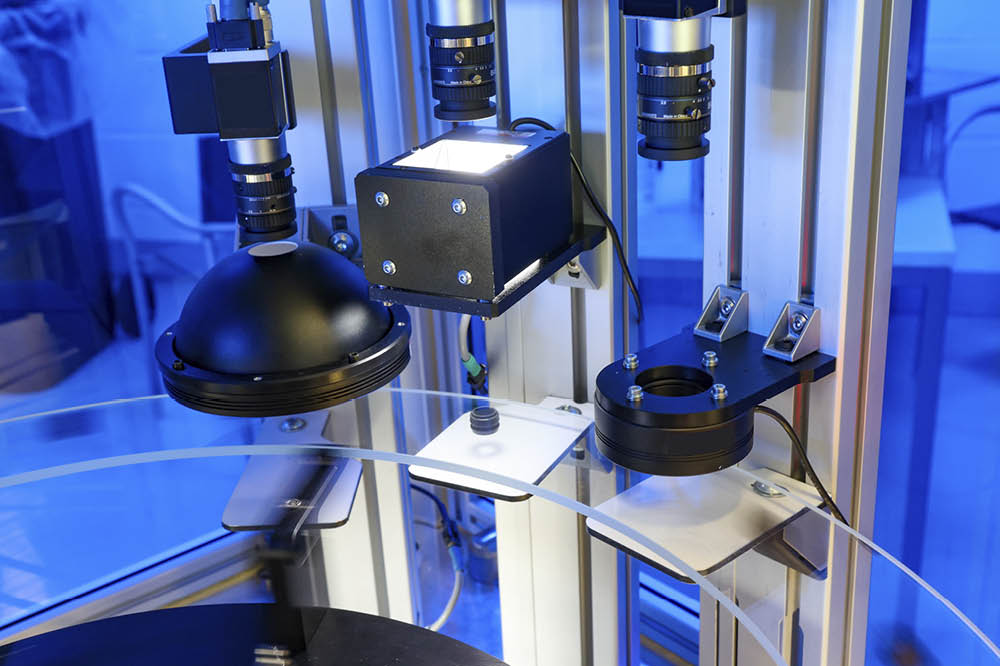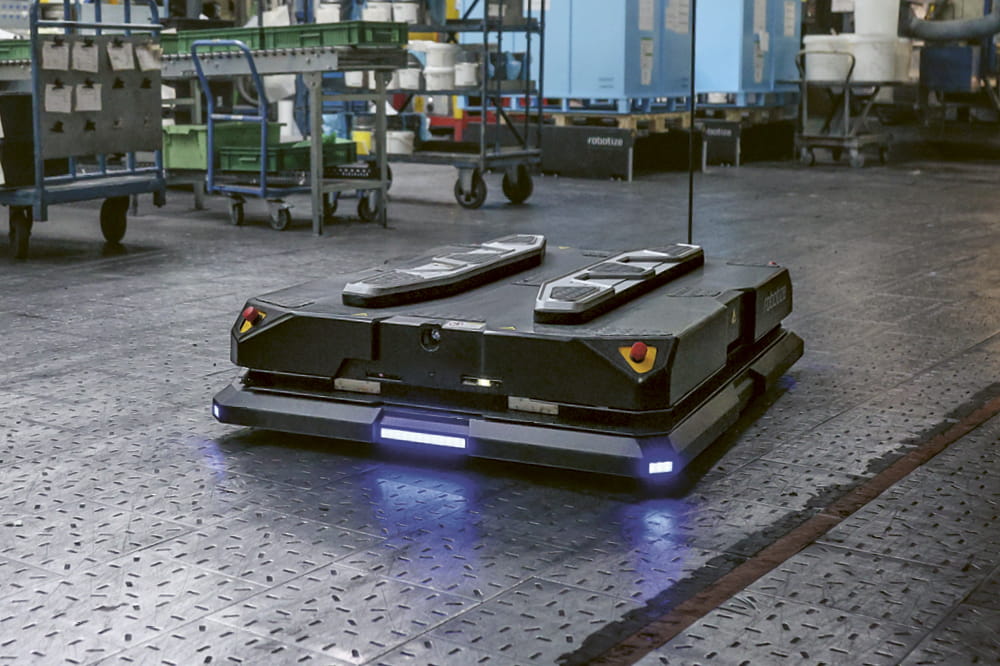Obtain news and background information about sealing technology, get in touch with innovative products – subscribe to the free e-mail newsletter.
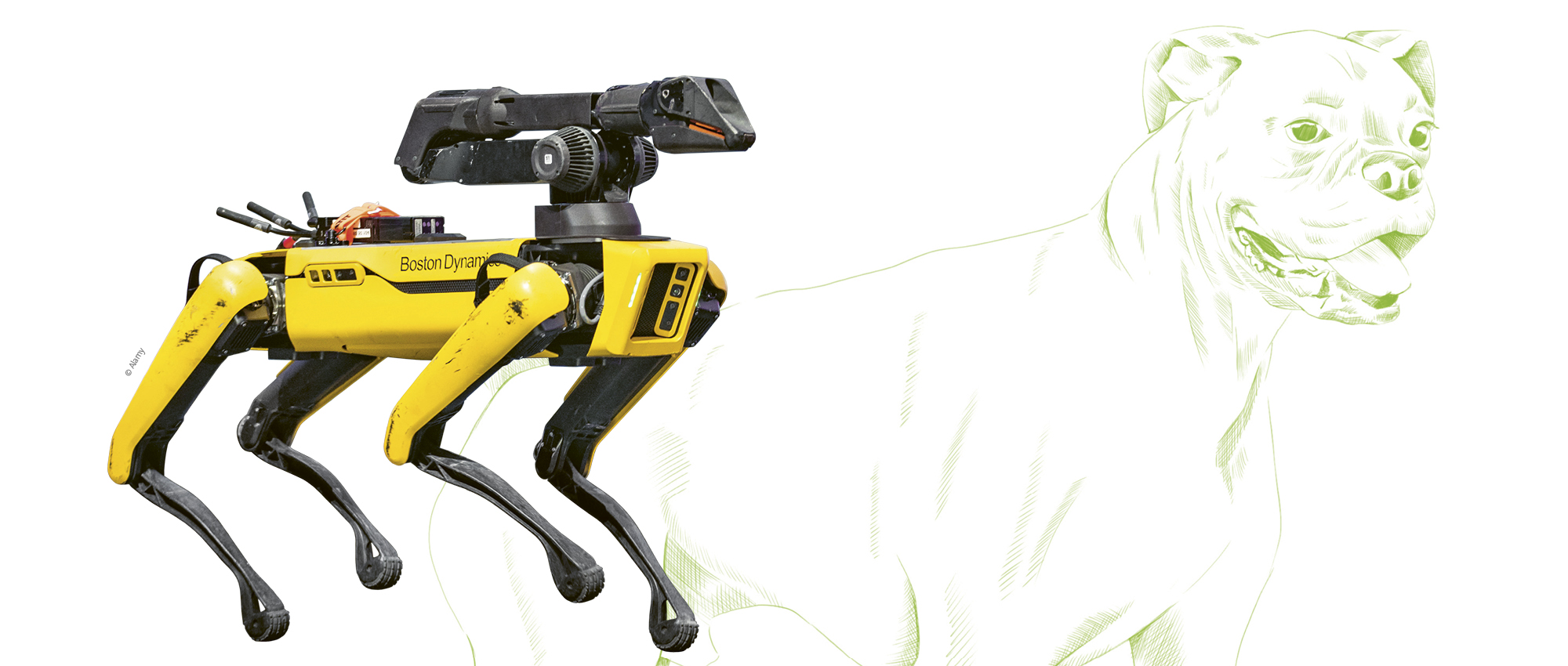
28.10.2021 | Story
Copyright by Nature
We take nature as a model again and again when we create or improve products. This is true in robotics as well. Thanks to bionics, the field has some surprising developments to offer.
We all know them: R2-D2 und C-3PO from the Star Wars films. They are both robots, though they could hardly be more different. While C-3PO is a tottering humanoid, R2-D2 is roughly waist-high and looks like a barrel. Nonetheless, he is amazingly nimble on his three feet and he can even climb stairs, albeit with difficulty. However, they both seem ancient when you consider all that today’s ambulatory robots can do. They not only act autonomously – they even do flips and somersaults and leap over obstacles, maintaining their balance all the while.
A Robotic Dog in the Industrial Complex
As they imitate the movements of their human and animal models, ambulatory robots from Boston Dynamics are setting standards. The company emerged from the Massachusetts Institute of Technology in 1992 and has been part of the Korean Hyundai Group since the summer of 2021. “Our robots end up moving like humans and animals not because we designed them to look like humans and animals but because we made them balance. Balance and dynamic motion are characteristics we have previously only seen in animals,” the company notes on its website. Boston Dynamics has made surprising progress in its development of robotic movements that are stable and dynamic in equal measure. Anyone watching videos of the robotic dog Spot is amazed to see how closely its movements resemble those of actual dogs. The robot, which weighs 25 kilograms (55 pounds) and is 80 centimeters (31 inches) high, is now being manufactured in series production. The price per unit: about $75,000. Spot can be programmed to handle tasks optimally, based on the particular assignment.
Nature illustrates how to achieve maximum performance with a minimum of energy consumption
Karoline von Häfen, Head of Corporate Bionic Projects, Festo SE & Co. KG
But who would need a robotic dog like this? Boston Dynamics points to the possibility of Spot inspecting dangerous, inaccessible and remote environments or transporting loads on unpaved terrain. The German chemical and pharmaceutical Merck has turned to Spot’s services as part of a pilot project. The robotic dog has conducted inspection rounds in the company’s thermal exhaust cleaning facility. It is initially doing the work via remote control, but it is capable of operating completely autonomously with the help of smart control software. In that case, Spot finds its way on its own using cameras and sensors. It records and communicates data automatically during its rounds, and even climbs grating stairs and circumvents obstacles when necessary.
Nature as a Reference Point
Atlas, the humanoid ambulatory robot from Boston Dynamics, is further proof of what is technically possible. Atlas has more than 28 hydraulic joints that allow it to jump, rotate and do flips. Navigating a parcourse is no problem for the robot, which is about 1.5 meters (59 inches) high and weighs 176 pounds (80 kilograms). Its many sensors allow it to orient itself and maintain its balance. For those who think of robots as stationary machines or even R2-D2, Atlas must seem like a window to the future.
It is becoming clear that robotics can draw a great deal of inspiration from nature. For many scientists and engineers, this is an important reference point in the evolution of robots. That’s no surprise. In the course of evolution, the animal world has had enough time to adapt perfectly to its environment. This is something that fascinates Festo, a German company that specializes in automation technology. Fifteen years ago, it founded the Bionic Learning Network. On its core team, Festo experts and international universities, institutes and outside companies work on the transfer of animal capabilities into robotics.
Elephant Trunks, Fish Fins and Chameleons as Models
Festo has built robots that can flap through the air like a flying fox and make headway in the water like a sepia with longitudinal fins. Not to mention an ambulatory robot that propels itself on legs like the African flic-flac spider. If the terrain is suitable at some point, it gathers itself into a ball and covers much of its route with a kind of rolling locomotion. There are other Festo developments that resemble their source of inspiration in a specific way: “Automation technology typically involves grasping and moving. Nature has an abundance of solutions to offer in this respect,” said Karoline von Häfen, Head of Corporate Bionic Projects, on the Festo website. For example, the trunk of an elephant was the model for a lightweight, pneumatic robot. The robotic arm includes various bellows segments and rotary drives. This makes it significantly more agile than typical industrial robots and allows it to work around objects.
Various grippers fit the “elephant trunk robot,” each combining functions from nature as well. The special gripping fingers were modeled after the tailfins of fish. If pressure is applied to them, they don’t bend. They react by curving around the pressure point. The gripping fingers adopt this principle and adjust to the contour of the object being grasped. The food industry makes use of this capability to sort fruits and vegetables. Another gripper operates like the tongue of a chameleon. As the animal hunts for food, its tongue shoots out, strikes the prey and curves partly around it to prevent its escape. A robotic gripper made of silicone behaves similarly. Its casing is filled with a slight overpressure, so it curves flexibly around the target, gripping and then moving it.
More Bionics, Less Energy Consumption
The Biomechatronics Department at the Ilmenau University of Technology is geared to nature as well. Like Festo with its grippers, it adopts very specific capabilities for its innovations. "If bionics is inside, you don’t see it from the outside,” said Department Director Hartmut Witte in a conversation with TÜV Nord, which oversees technical security controls. For example, scientists from Witte’s department co-developed a climbing robot, drawing on the movements of a rat. But it didn’t look like a rat at all. The development of a robot with a lightweight design and rodent-like movements led to huge weight savings. The robot also ended up using 75 percent less energy. Festo’s von Häfen recently expressed her enthusiasm about nature’s potential to the Frankfurter Allgemeine Zeitung newspaper. “It shows how you can achieve the maximum performance with a minimum of energy consumption.”
GE Research is learning something from nature as well. During the summer of 2021, the U.S. firm created a sensation with a soft robot inspired by the locomotion of earthworms. The robot worm bores through the earth independently and without joints. It navigates around subterranean obstacles autonomously. It uses artificial muscles based on those of an earthworm to generate its motion. The approach allows it to dispense with joints and gives the robust, hose-like robot a sharper curve radius. Moreover, it is capable of forcing itself through constrained spaces and of grasping and moving objects. GE Research is not only interested in highlighting new ways of excavating tunnels – it wants to open up new possibilities for robotic inspections and repairs as well.
More news on the subject Robotics

Join Us!
Experience Freudenberg Sealing Technologies, its products and service offerings in text and videos, network with colleagues and stakeholders, and make valuable business contacts.
Connect on LinkedIn! open_in_new